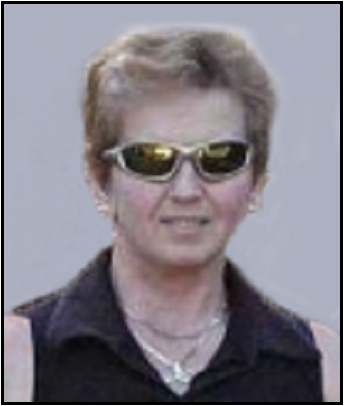|
How I Develop Characters
© 2007 Fran Heckrotte
|
|

|
|
How does one begin to explain thought processes or where ideas are born, especially when creating new worlds or realms or people? What inspires a person to transform these mental images to paper hoping the reader will envisage what the author is trying to convey? Who are these characters we create and where do they come from?
A Couple of Answers
Since my first book, The Illusionist, and the sequel, Bloodlust, were published I have been asked these questions several times. Unfortunately, the answers don't always come easily and it would take forever to try. For that reason I've decided to address only a couple of those questions in this article.
Beyond the Norm
The finished product of The Illusionist was not the story that I started out with…in fact it isn't even close to my original concept. I don't know at what point it morphed into a blend of our world and the spirit world. All I know is that I had two main characters who needed a special connection and history that went beyond normal human experiences or explanations. The spirit world provided that connection.
Making Characters Real
Once I came to that conclusion, I began to wonder who would inhabit such a world and how those entities would interact amongst themselves and with humanity. Would they even want to? Who would these spirits be and what were their own histories? How would they look and act? What did they feel about themselves and our world? For each question I was able to answer, others followed. My spirits had to become real to me in order for me to understand them and their nature. Even naming them was important and thus problematic. The spirits represented various elements of our world so their names had to reflect their nature.
Naming the Spirits
After researching many languages I finally decided on a way to solve my problem. Each spirit would be named for that which it was guardian of. In Romania, sarpe means snake, so Sarpe became the spirit of all serpents. Vyushir means wolf, Ursa means bear, and so on. It was a simple solution that fit my needs perfectly.
Seeing Characters
Next I needed to take each individual and visualize how they would look and act. It is extremely important for me to be able to "see" each character. Understanding how they feel, what they think, their likes and dislikes helps me to make them come alive when I incorporate them into the story.
Fleshing Them Out
As a writer, my characters are as real to me as any person I have ever read about or met. They have lives beyond the storylines. Like looking through a keyhole, my readers are getting only small glimpses of a much larger world…a world that they can only imagine and wonder about…but one that I know every intimate detail of.
Making characters multi-dimensional allows readers to embrace them and accept them as believable. When I build and flesh out my characters until they seem real to me, I feel they have a good chance of seeming real to my readers, too.
_____
Fran Heckrotte, author of The Illusionist and Bloodlust
Back to Article
Archive.
|
 |
|
|
|
|
|
|
|
|
| |
|
|

